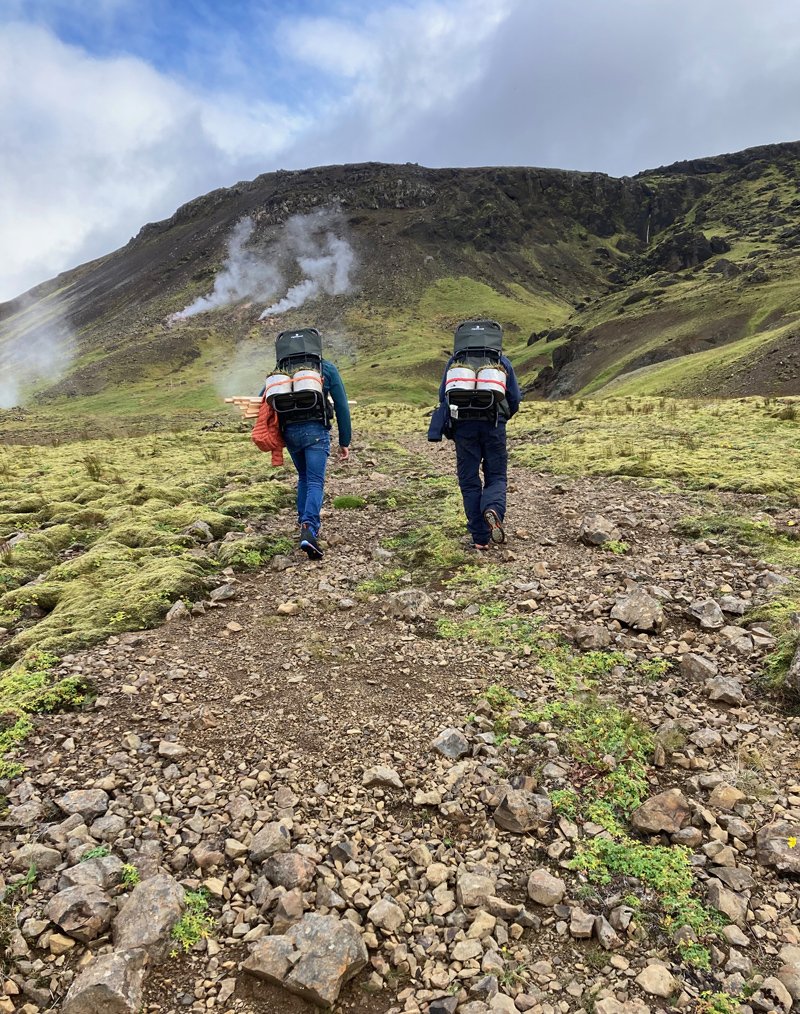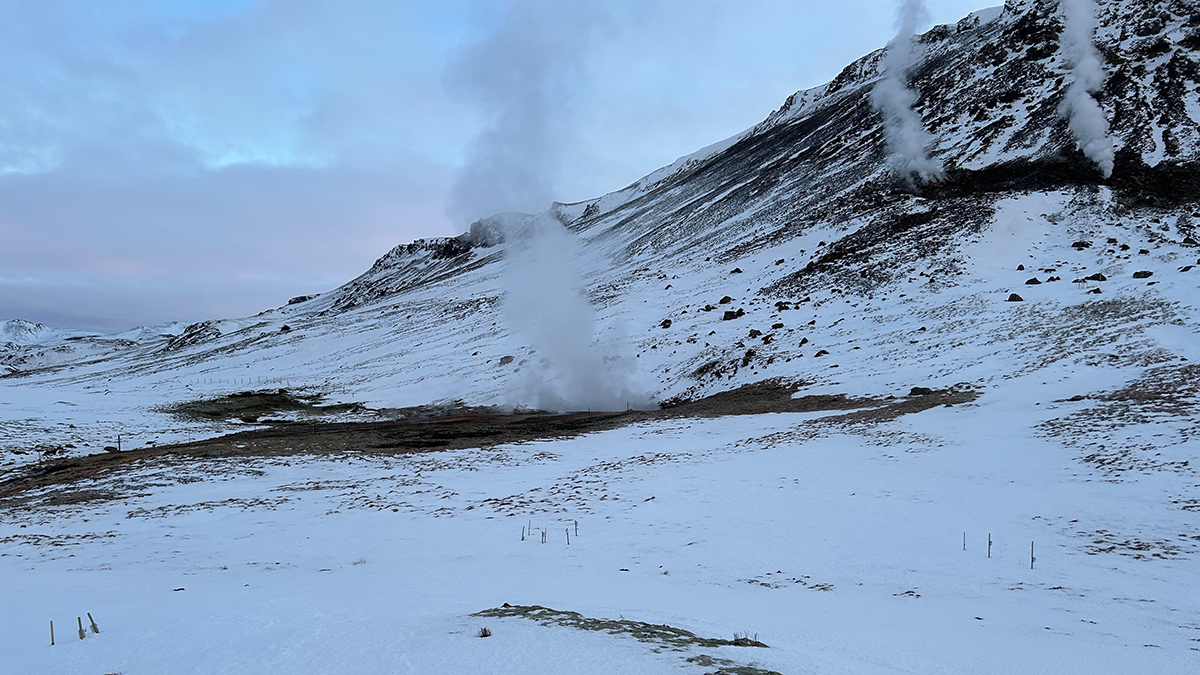A translation of this article was made possible by a partnership with Planeteando. Una traducción de este artículo fue posible gracias a una asociación con Planeteando.
Arctic and subarctic soils store a significant proportion of Earth’s carbon. But rising temperatures could drain these soils of nitrogen—a key nutrient. The loss could reduce plant growth, limiting the soils’ ability to store carbon and amplifying global warming, according to a new study.
High-latitude soils store vast amounts of carbon because cold temperatures slow microbial activity. Though plants produce organic matter through photosynthesis, microorganisms can’t consume it fast enough, leading to its accumulation over time. Scientists have long worried that a warmer Arctic would accelerate microbial activity, releasing stored carbon into the atmosphere as carbon dioxide (CO2). But they also hoped that warmer temperatures would stimulate plant growth, which would reabsorb some of the carbon and partially offset these emissions.
The new research shows that the latter scenario is very unlikely because warming causes soils to lose nitrogen, a loss that could inhibit plant growth.
“We didn’t expect to see nitrogen loss.”
The findings come from a decade-long experiment in a subarctic grassland near Hveragerði, Iceland. In 2008, a powerful earthquake altered geothermal water flows in the region, turning previously average patches of soil into naturally heated zones with temperature gradients ranging from 0.5°C to 40°C above previous levels. The event created a unique natural laboratory for observing how ecosystems respond to long-term warming.
Using stable nitrogen-15 isotopes to trace nutrient flows in the landscape, the researchers found that for every degree Celsius of warming, soils lost between 1.7% and 2.6% of their nitrogen. The greatest losses occurred during winter and early spring, when microbes remained active but plants were dormant. During this time, nitrogen-containing compounds such as ammonium and nitrate were released into the soil, but with plants unable to absorb them, they were lost by either leaching into groundwater or escaping into the atmosphere as nitrous oxide, a greenhouse gas nearly 300 times more potent than CO2.
The findings were published in a paper in Global Change Biology.
“We didn’t expect to see nitrogen loss,” said Sara Marañón, a soil scientist at the Centre for Ecological Research and Forestry Applications in Spain and the study’s first author. “The soil’s mechanisms to store nitrogen are breaking down.”
A Leaner, Faster Ecosystem
The researchers also found that warming weakened the very mechanisms that help soils retain nitrogen. In warmer plots, microbial biomass and the density of fine roots—both key to nitrogen storage—were much lower than in cooler plots. Though microbes were less abundant, their metabolism was faster, releasing more CO2 per unit of biomass. Meanwhile, plants struggled to adapt, lagging behind in both growth and nutrient uptake.
“Microbial communities are able to adapt and reach a new equilibrium with faster activity rates,” Marañón said. “But plants can’t keep up.”
“This is a not-so-optimistic message.”
Heightened microbial metabolism initially results in greater consumption of the nitrogen and carbon available in the soil. After 5 or 10 years, however, the system appears to reach a new equilibrium, with reduced levels of organic matter and lower fertility. That shift suggests that warming soils may transition to a permanently less fertile state, making it harder for vegetation to recover and leading to irreversible carbon loss.
Scientists have traditionally thought that as organic matter decays faster in a warmer climate, the nitrogen it contains will become more available, leading to increased productivity, said Erik Verbruggen, a soil ecologist at the University of Antwerp in Belgium who was not involved in the study. “This paper shows that actually, this is not happening.”
Instead, nitrogen is being leached out of the soil during the spring, making it unavailable for increased biomass production. “This is a not-so-optimistic message,” Verbruggen said.
An Underestimated Source of Greenhouse Gases
With Arctic regions warming faster than the global average, this disruption to the nutrient cycle could soon become more apparent. Nitrogen and carbon loss from cold-region soils may represent a significant and previously underestimated source of greenhouse gas emissions—one that current climate models have yet to fully incorporate.

The researchers plan to explore the early phases of soil warming by transplanting bits of normal soils into heated areas and also to investigate how different soil types respond to heat. Marañón noted that the Icelandic soils in the study are volcanic in origin and very rich in minerals, unlike organic peat soils common in other Artic regions.
“Arctic soils also include permafrost in places like northern Russia and parts of Scandinavia, and they are the largest carbon reservoirs in the world’s soil,” Verbruggen said. The soils analyzed in this research, on the other hand, were shallow grassland soils. “They are not necessarily representative of all Arctic soils.”
Still, Verbruggen added, the study’s findings highlight the delicate balance between productivity and nutrient loss in these systems.
Soil’s abundant carbon reserves make it a major risk if mismanaged, Marañón said. “But it can also become a potential ally and compensate for CO2 emissions.”
—Javier Barbuzano (@javibar.bsky.social), Science Writer

